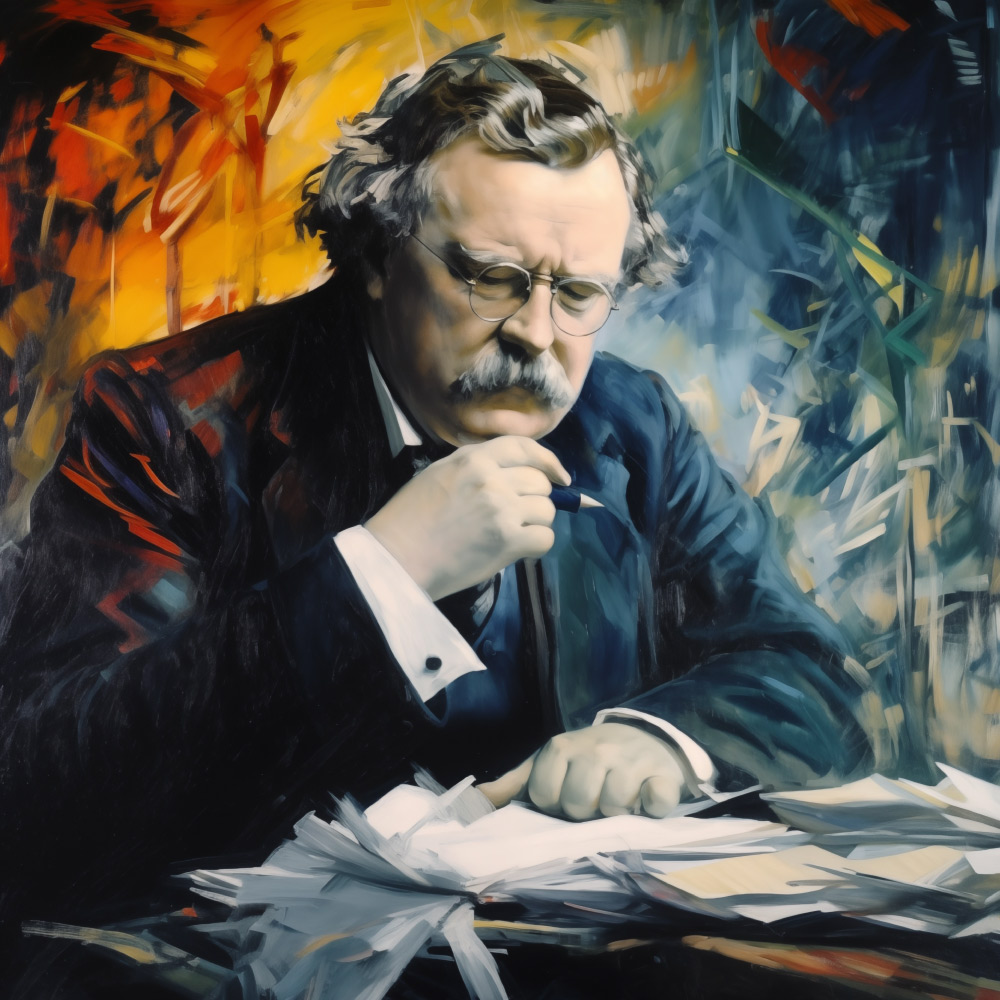Written by Burt Braunius /
April 15, 2014
Instead of approaching the high jump bar straight-on or from the side, Dick Fosbury leapt backwards over the bar, landing on his shoulders and back. The 1968 Olympics were a turning point in the history of the high jump. Up until this time, jumpers would mainly use the straddle, scissors, or roll techniques to clear the bar. Everything changed when Dick Fosbury won the gold metal. Within a few years the “Flop” became the standard for high jumpers. You can see the contrast in styles by clicking here. Author Vijay Govindarajan* uses the “Flop” as an example of innovation. He says, “When you’re outstanding at ‘scissors’ [the most typical high jump technique of the past], you are bound by dominant logic which, left unchecked, causes self-imposed boundaries. The central leadership challenge is how to preserve dominant logic while moving ahead… The ‘scissors’ can improve ‘scissors,’ but they can’t make it into a ‘Fosbury Flop.’ You need a new model and team for innovation…”
Govindarajan refers to three levels (or boxes) of organizational strategy, pointing out that “Strategy is not about celebrating the past or present but about the future. If you want to be a leader in the future, you have to adapt to change (innovation). So strategy is innovation. Put projects in 3 boxes:
Box 1– Manage the present (competition for the present is efficiency),
Box 2–Selectively forget the past (competition in #2 and #3 is innovation),
Box 3–Create the future.”**
As an example of applying these three levels of strategy to church multiplication, planning looks something like this. Box 1 planners have a model for church planting that is based on what is currently effective (e.g., multi-site or parent church models). They use what is working well and invest in improving the model.
Box 2 and 3 planners intentionally eliminate significant aspects of past and present practice, even while seeing results that are meeting expectations. Box 2 and 3 planners continue with what is currently effective but also realize that the rapid rates of societal change require approaches that are not being imagined today. They implement enough change to allow for a percentage of “flops” in order to achieve a new level of “Flop.”
Leadership requires facing the fact that the church which many of us know is a paradigm of the past. God is doing a new thing before our very eyes. Education and training approaches that emphasize stability through the preservation and transmission of knowledge are being replaced by approaches with contextualized applications, focused outcomes, demonstrated competencies, individual and corporate transformation, and implementation of productive practices that are emerging from lay leaders and pastors in the field.
*Books written by Vijay Govindarajan (with Chris Trimble) include Beyond the Idea (2013), How Stella Saved the Farm (2013), Reverse Innovation (2012), The Other Side of Innovation (2011).
**Quotes are excerpted from an interview at the 2013 Willow Creek Leadership Summit.








